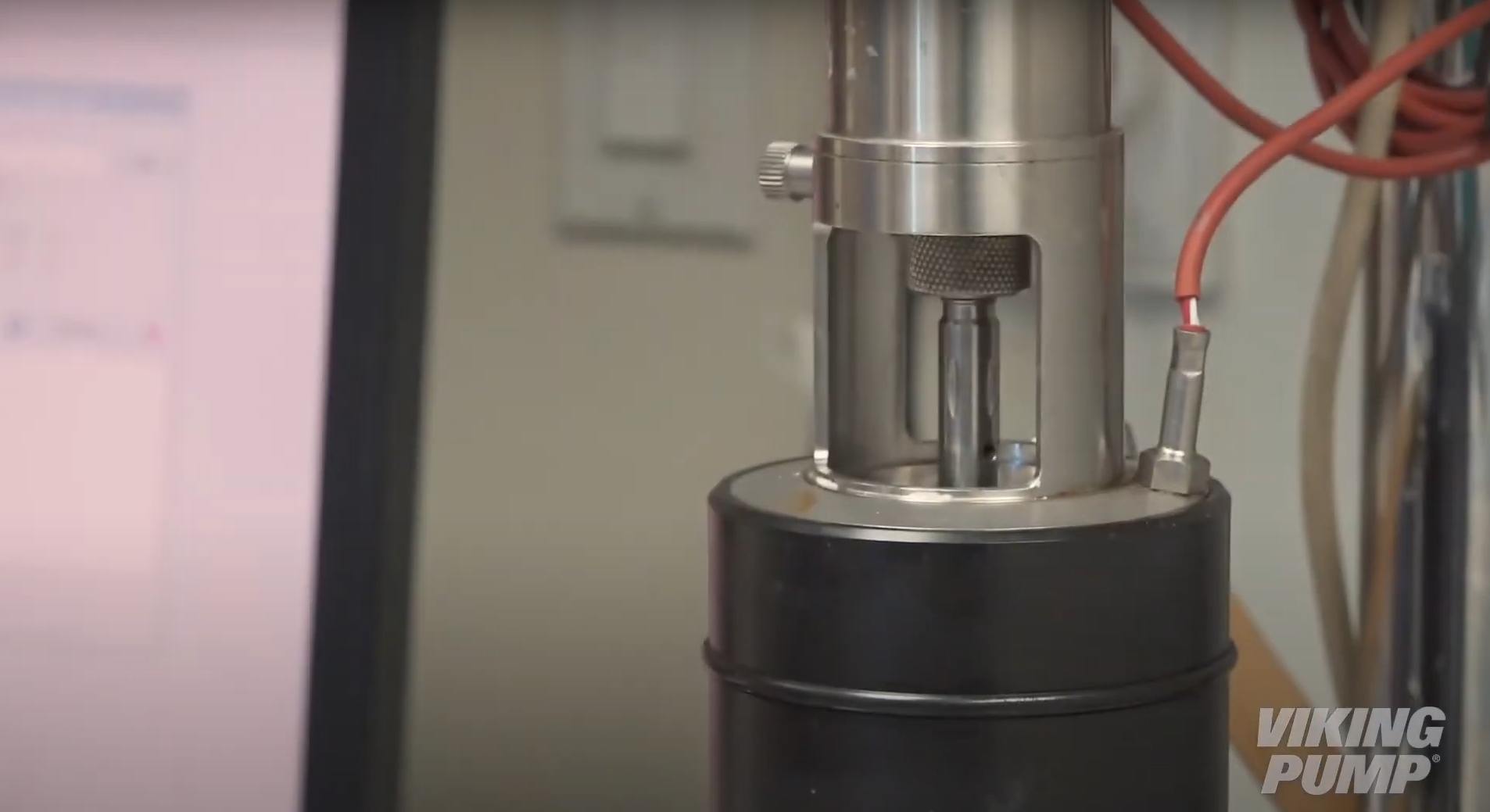Centipoise

What does centipoise mean?
A unit of viscosity measurement equivalent to 1 millipascal-second. This value quantifies a liquid’s resistance to flow.
How do you measure centipoise?
For thin liquids like water, oil, or paint kinematic viscometers can be used. The simplest versions feature a cup with an orifice at the bottom. The cup is filled and then a time measurement is taken.
For thicker liquids, a dynamic viscometer can be used. This type of viscometer uses a rotating spindle submerged in sample liquid. This measures the shear stresses as the liquid creates viscous drag. This has the added benefit of measuring a liquid's shear sensitivity.

Are centipoise and centistokes the same thing?
No, not exactly. Centipoise (cP) measures a fluid’s internal resistance to flow – in other words, how thick is the liquid.
Centistokes measures a liquid’s kinematic viscosity which is the ratio of the resistance to flow and density. Basically, how fast does the liquid move under the influence of gravity.